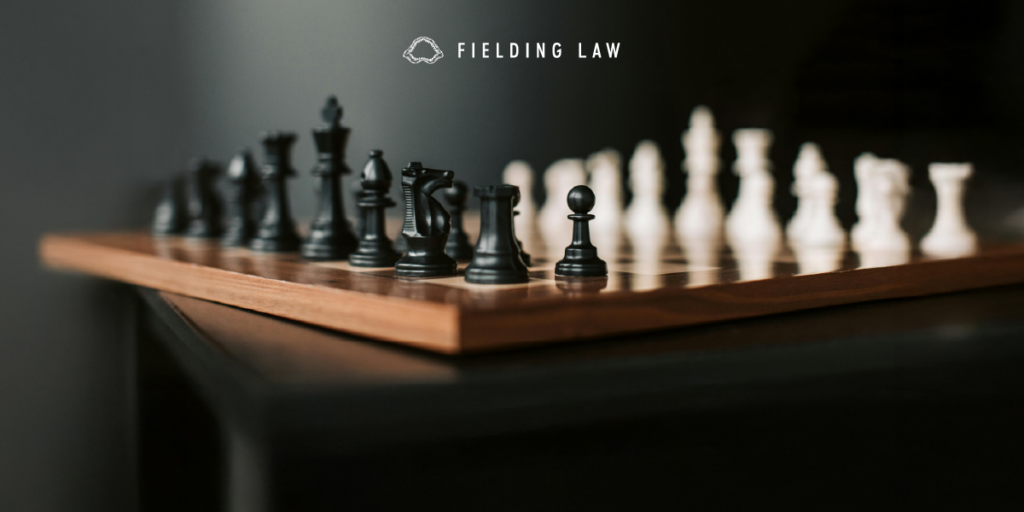
Understanding Insurance Company Tactics
After an accident or injury, dealing with insurance companies can feel overwhelming. Insurance adjusters focus on protecting their company’s bottom line. Often, this means using insurance company tactics to reduce the amount of compensation you receive. Knowing these tactics can help you protect your rights and your claim.
Common Tactics Used by Insurance Companies
Insurance companies may try to diminish your claim in several ways:
-
Lowball Offers: They may offer a quick settlement that is far below what your injuries and damages are worth. This tactic pressures victims to accept less.
-
Delayed Communication: By slowing responses or delaying offers, they hope you will settle quickly out of frustration.
-
Questioning Your Credibility: Adjusters may imply your account is inconsistent or exaggerated to reduce the payout.
-
Medical Record Scrutiny: They may focus on minor pre-existing conditions to argue that your injuries are not severe.
-
Recorded Statements: They may ask you to give a recorded statement and then use your words out of context.
-
Blaming the Victim: Adjusters sometimes suggest you share fault for the accident to reduce the settlement.
Why Insurance Companies Use These Tactics
Insurance companies operate as businesses. Every claim they pay represents money leaving the company. They use these insurance company tactics because most individuals do not fully understand the claims process. By applying pressure and confusion, they hope to secure a lower payout.
How Fielding Law Can Help
At Fielding Law, we know the strategies insurance companies use. Our attorneys in California and Arizona protect clients from these tactics. We handle communications with the insurance company, review settlement offers, and fight for full compensation for medical bills, lost wages, and pain and suffering.
Do not let insurance company tactics reduce your claim. Call 833.88.SHARK or contact Fielding Law today for a free consultation.
Note: Information provided is for educational purposes and does not constitute legal advice. Always consult with a qualified attorney for legal concerns.

 Yelp People Love Us 2025
Yelp People Love Us 2025
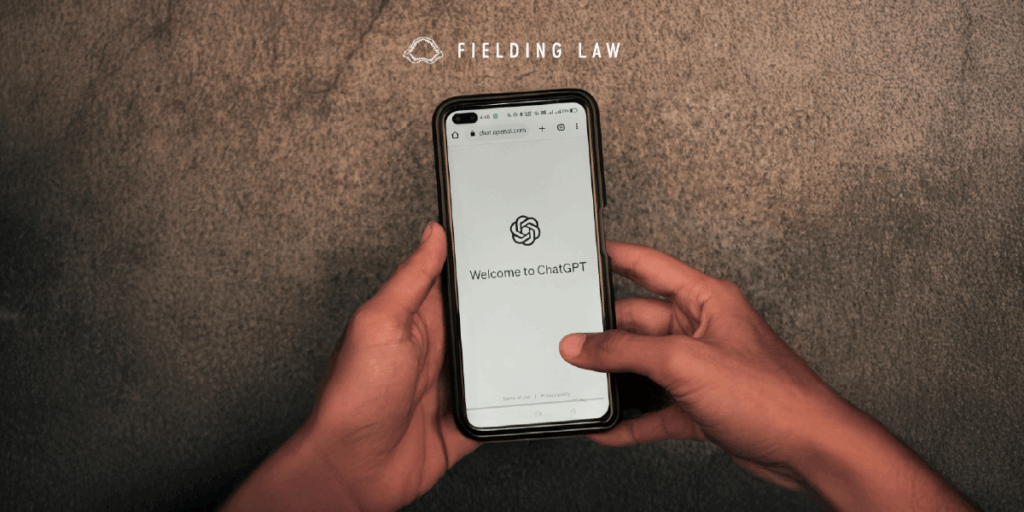
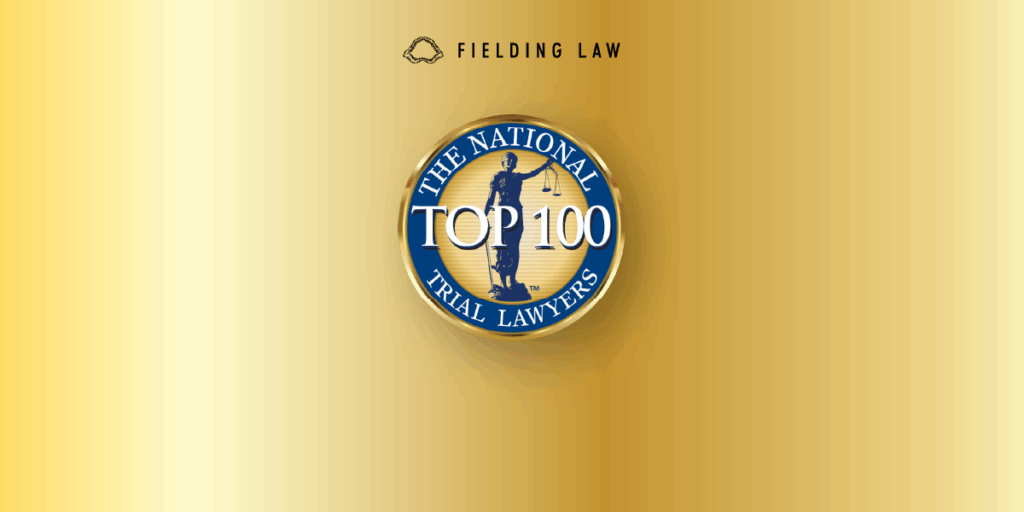
 Celebrating Clark H. Fielding
Celebrating Clark H. Fielding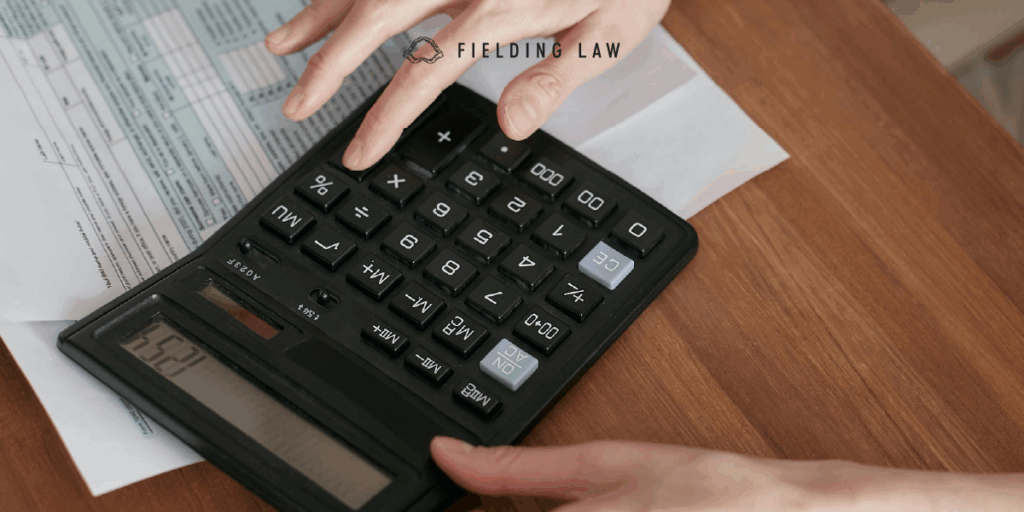

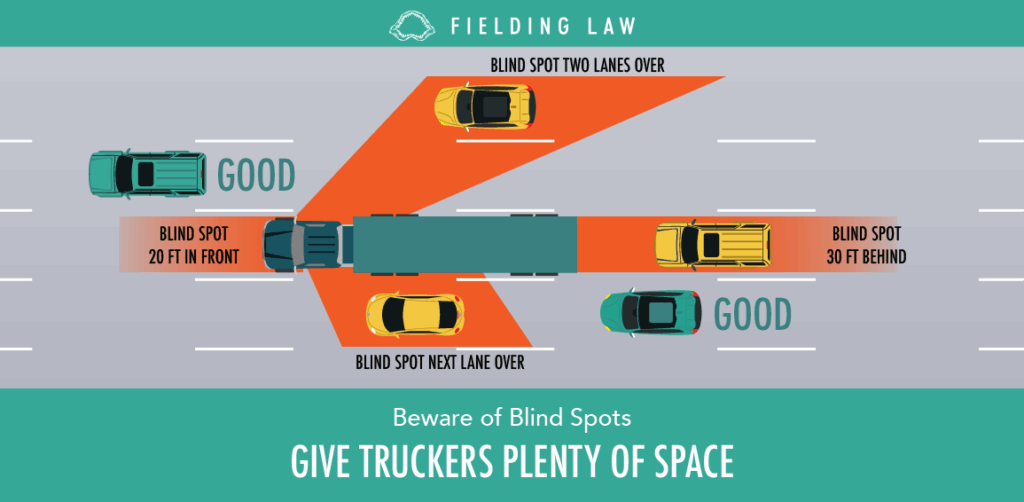
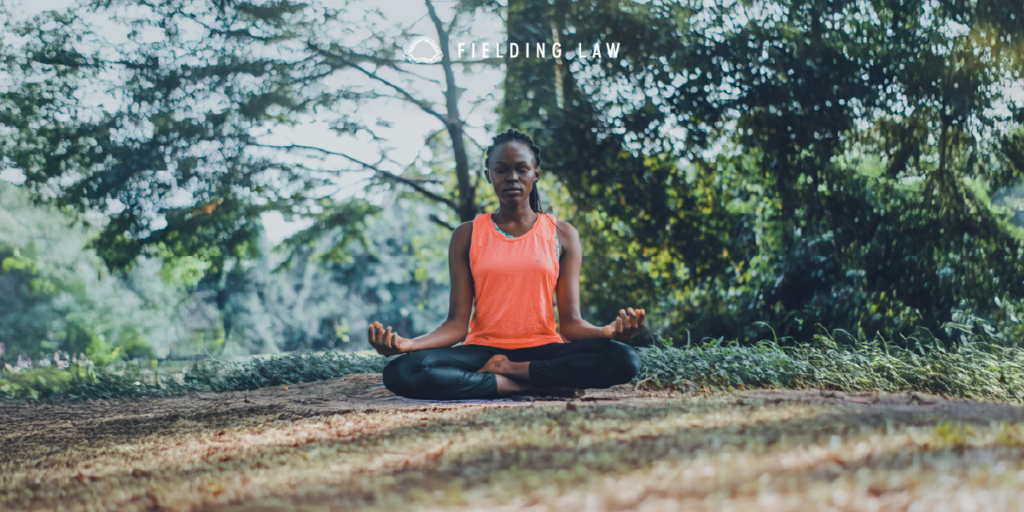

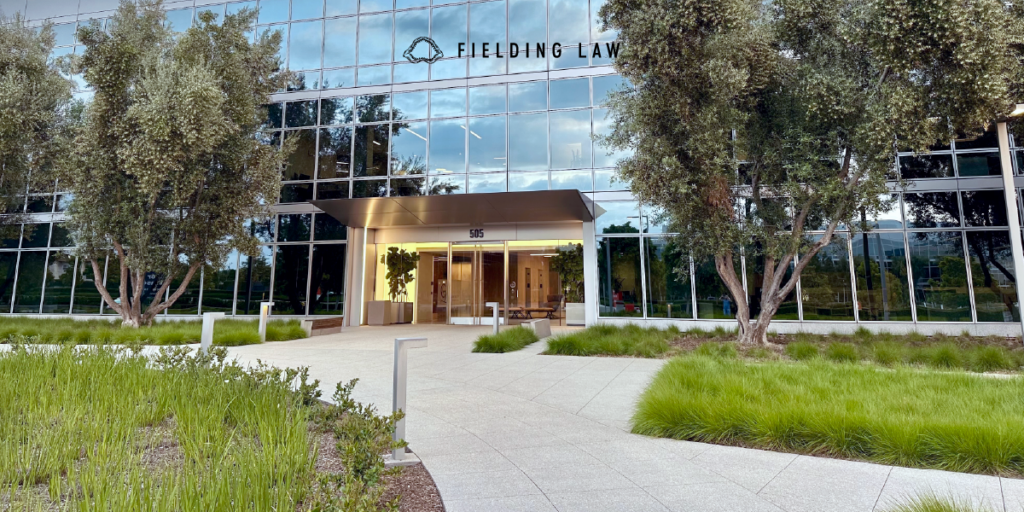
 Clark H. Fielding
Clark H. Fielding